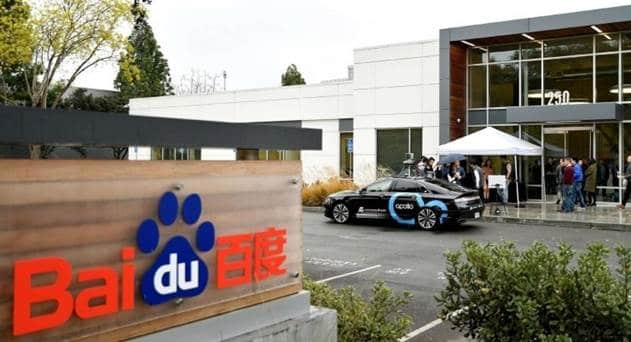Baidu recently unveiled its release of Apollo 2.0, the latest iteration of the company’s Apollo open autonomous driving platform to make autonomous driving in simple urban road conditions a reality.
According to Baidu, Apollo 2.0 brings the most complete solution and flexible architecture to partners and developers yet, with an added security solution for autonomous driving, and greatly enhanced capabilities in positioning, perception, planning and control, and cloud simulation.
This latest Apollo iteration marks the opening up of all four of the platform’s major modules - cloud services, software platforms, reference hardware platforms and reference vehicle platforms. Baidu claims that the Apollo platform is highly dynamic—so far it has amassed more than 165,000 lines of code and approximately 65,000 lines are added each quarter.
Baidu said that it will fully support four main computing platforms -- NVIDIA, Intel, NXP and Renesas in 2018; introduce a more cost-effective sensor solution; support more reference vehicles such as minibuses, SUVs and trucks; and provide a wider range of high-definition map services worldwide.
Stuff, a U.S. startup supplying autonomous system components, used Apollo 1.0 to create waypoint autonomous vehicles last July and upgraded the vehicles to Apollo 2.0 within one week, enabling daytime and nighttime driving on simple urban roads, fully demonstrating the flexibility and usability of Apollo 2.0.
Qi Lu, Group President and COO, Baidu
AI and innovation are borderless. We’re facing a historic moment with immense opportunities for people around the world, which requires big countries and great enterprises, including China and Baidu, to lead and explore together.
Jingao Wang, Head of Apollo Platform, Senior Director, Baidu
Apollo is more than just open-sourcing code and technology – it is evolving from technology innovation to product innovation and enabling more implementation scenarios.




















